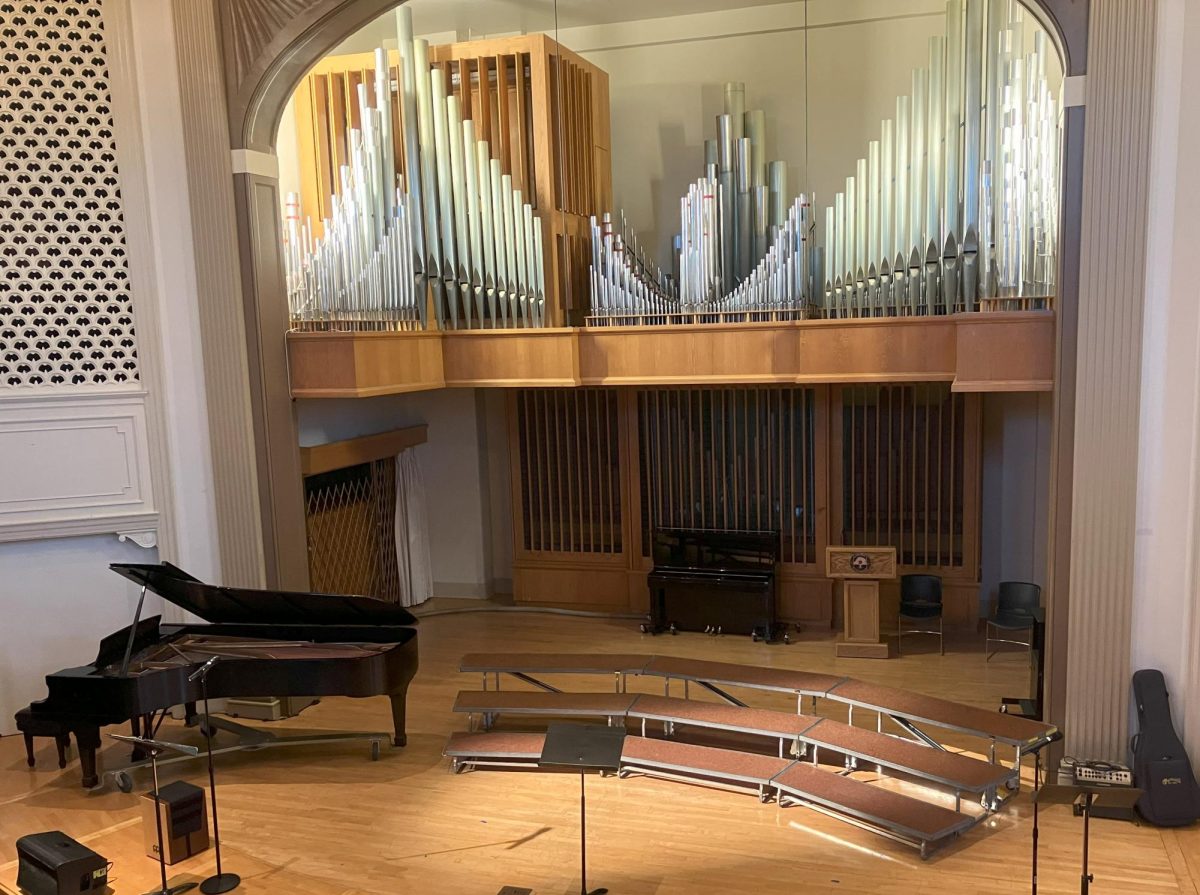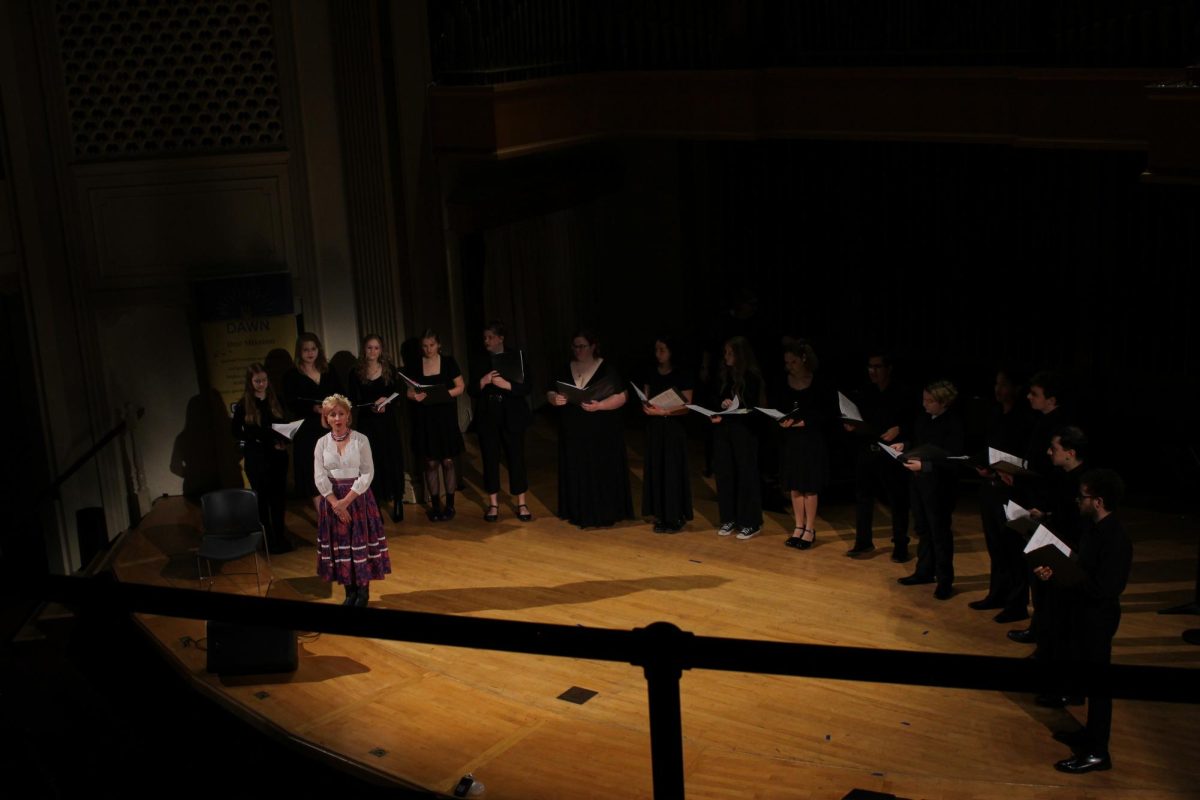Lizzie Martinez
Senior reporter
As registration for Fall 2009 classes winds down, students may realize that they have crafted schedules that allow little time to attend events on campus during the day.
Linfield students, faculty and staff go to extra lengths to ensure the Linfield community is aware of the myriad of presentations, lectures and special events on campus. The events scheduled during the day, however, often attract only a few students.
Each week the seniors enrolled in the Prosem: Theory and Practice course organize speakers and issues for the noon SOAN table. The event is geared toward all students, but few outside of the sociology department ever attend.
“I expect that most students are in class or taking a break from classes and having lunch,” Rob Gardner, assistant professor of sociology, said, explaining the lack of attendees. “Depending on the topic, however, we can get a decent showing of students, but rarely any more than a small handful.”
Senior sociology major Corey Proctor estimates that three to five non-SOAN students are the most that ever attend the table, depending on the level of publicity and the topic for the day.
“Today there was no one besides the [Prosem] class,” Proctor said.
Like many students, Proctor rarely attends mid-day events because of conflicting class and work schedules. His attendance at the SOAN table is because of his enrollment in the capstone class, Proctor said, otherwise it would be difficult to make the time.
The system of time blocks Linfield uses is partially responsible for the lack of attendance at mid-day events. Linfield class schedules operate under a time block system designed by Professor of Philosophy Marv Henberg when he was dean of faculty, which was implemented in the fall of 2003.
In the past, the departments primarily offered five-credit classes, Henberg said. Most students enrolled in three five-credit classes, mainly offered every day. The old time block only scheduled classes for each hour with a ten minute passing time: 8 a.m., 9:10 a.m., 11:20 a.m. etc. This worked well for languages, math, and philosophy classes, Henberg said.
In the 1990s, departments began to favor four-credit classes, Henberg said. However, some departments retained three- and five-credit classes.
For how many credits a class is worth, it must offer a certain amount of class minutes. A four-credit class must have between 180 and 200 “contact minutes.” As a college offering varying credit amounts, Linfield must also offer varying times for classes to start to accommodate fifty-minute, one-hour and 90- minute classes.
So, Henberg devised a new schedule that accommodated three-, four- and five- credit classes. The current time block schedule is the result. It accommodates varying credits of classes as well as two- or three-day per week classes, which many faculty enjoy.
“I think it works reasonably well,” Henberg said.
The new schedule accommodates the shorter introductory classes and longer upper division seminar classes. Another advantage is the room schedule.
As it stands now, the time block schedule’s flexibility ensures that enough rooms are available for classes. For example, approximately 400 classes are offered in the fall. Between 40 and 50 rooms are available on campus for classes, Associate Registrar Joyce Savage said.
Another advantage is the flexibility for students and professors to create two-day or three-day work weeks, Registrar Eileen Bourassa said.
Though the new schedule offers maximum flexibility for departments to plan schedules, one disadvantage is that it eliminates a common meeting time.
“It is a major issue for us in that there are few, if any, common times for faculty to meet with each other,” Gardner said.
Because classes can begin at nearly any hour, students must form schedules that often leave little time for lunch, let alone attending a presentation, such as SOAN tables.
According to the Registrar’s Web site for fall 2009, 67 classes are scheduled to start during the lunch hour, between noon and 1 p.m.
Henberg said he sees a new need for a less complex time block schedule to be developed. Both Proctor and Gardner agree.
“I think [a change] would significantly enhance the intellectual culture on campus and would allow us to have more dynamic and inclusive conversations about the work that we do,” Gardner said.






